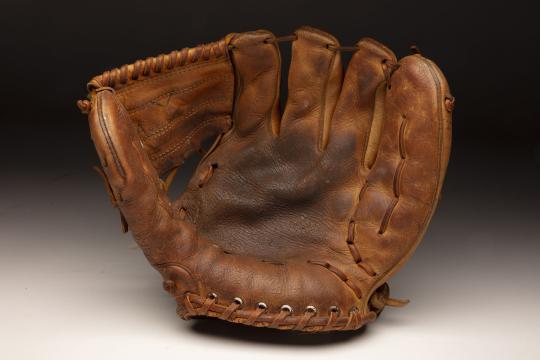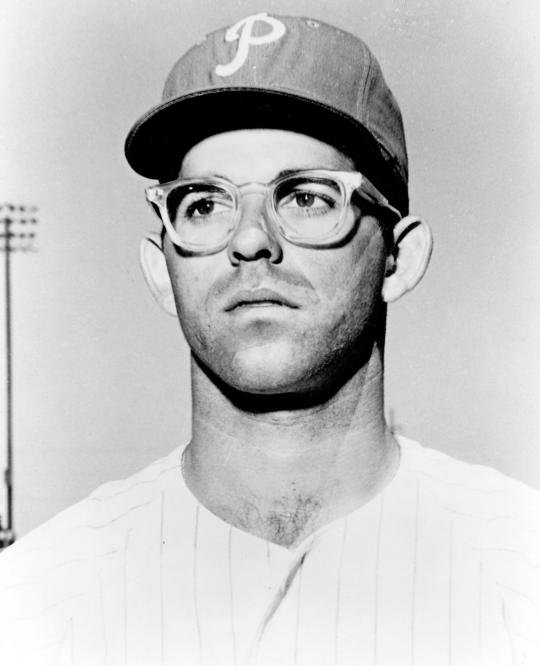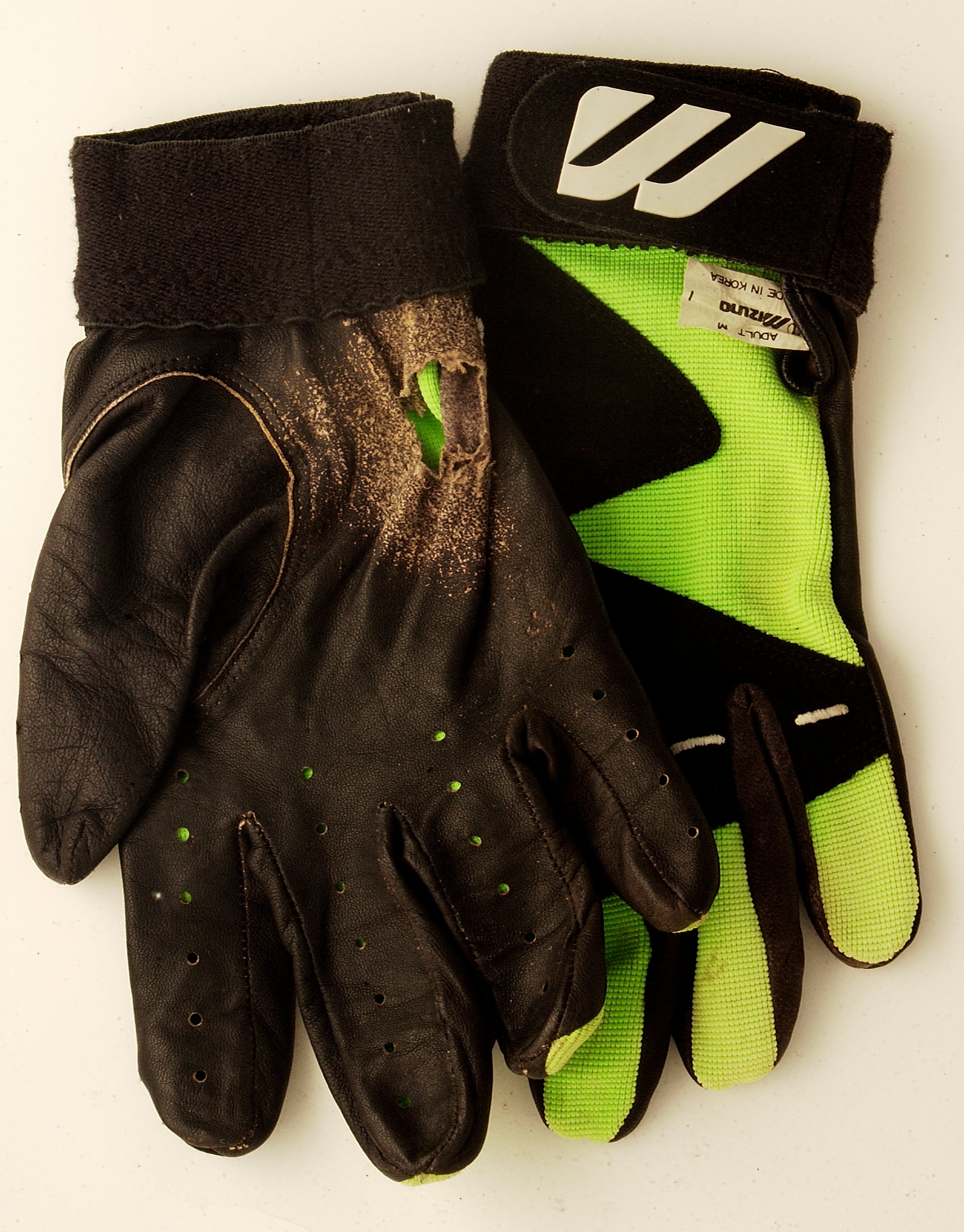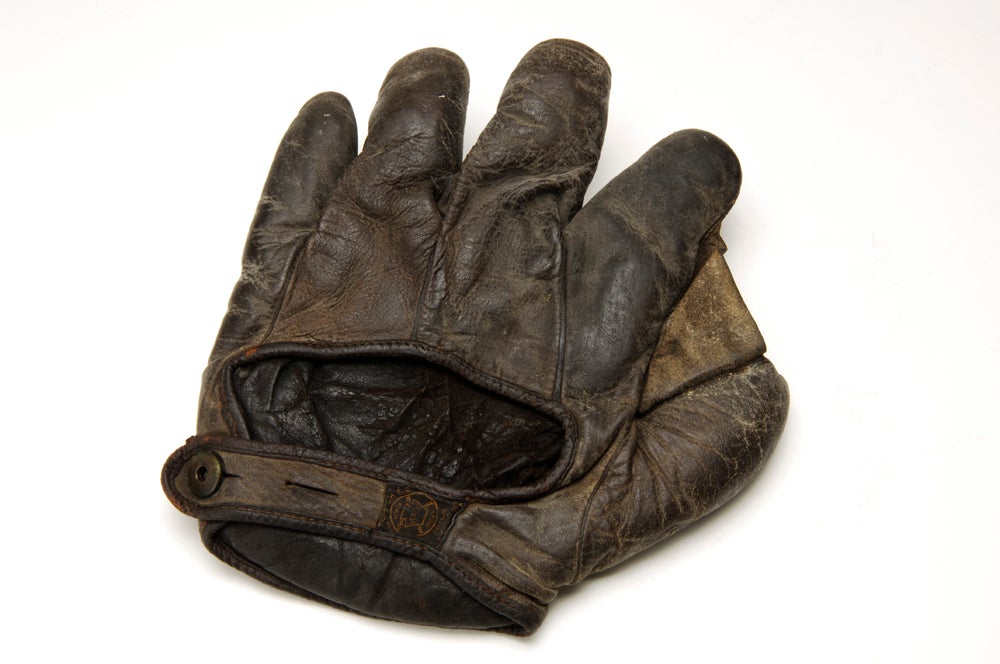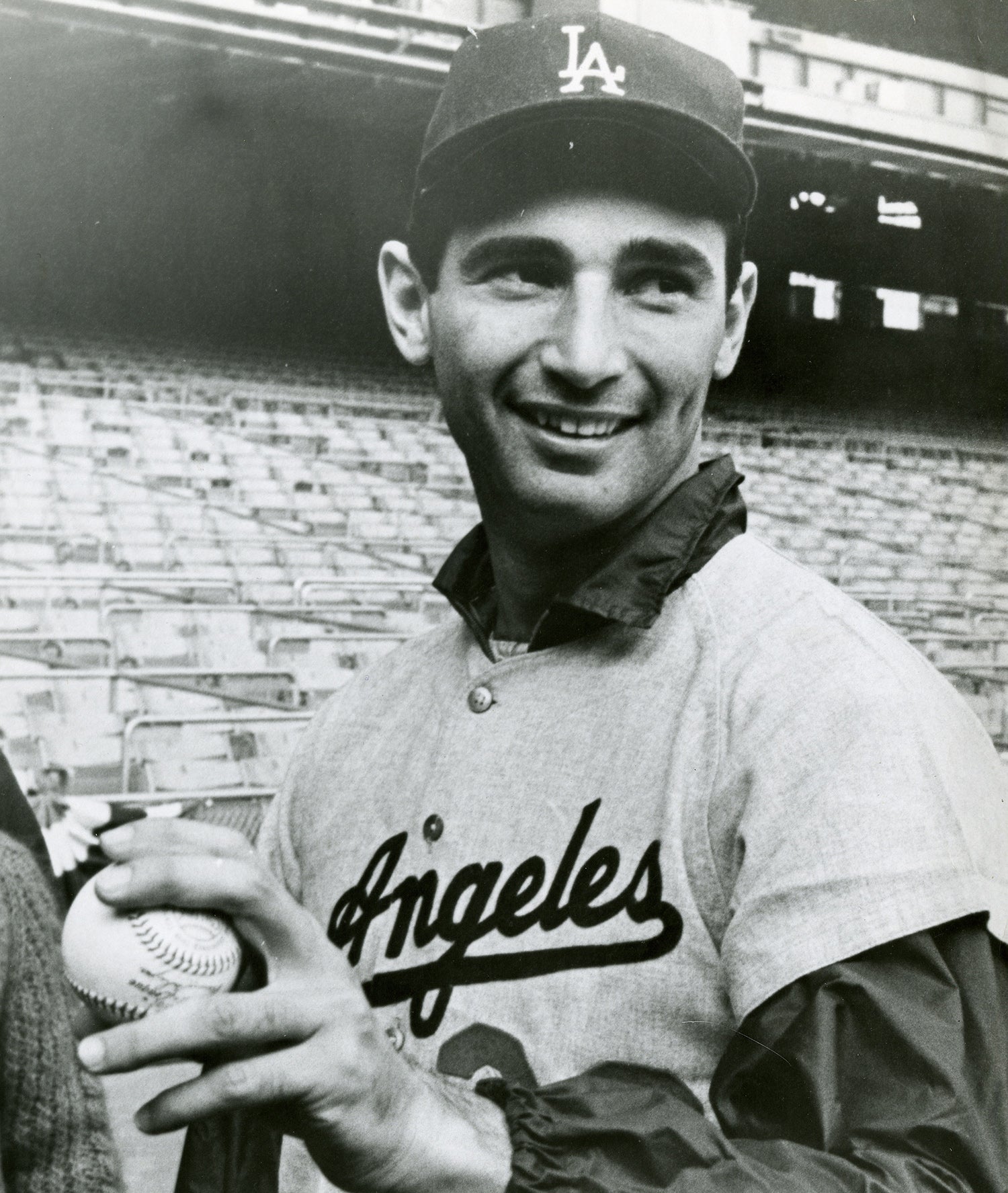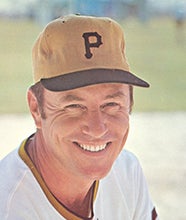- Home
- Our Stories
- #Shortstops: Rojas’ glove made it to Cooperstown
#Shortstops: Rojas’ glove made it to Cooperstown
Cookie Rojas was a baseball player whose preferred tool of the trade now resides in Cooperstown.
The Cuban-born Rojas, whose name “Cookie” was an anglicized version of the endearing Spanish nickname “Cuqui” given to him by his mother, starred on a big league diamond for 16 seasons before retiring after the 1977 campaign. Often recognized for his unique defensive versatility, and known for his work at second base, he had the ability to play all over the field.
Hall of Fame Membership
There is no simpler, and more essential, way to demonstrate your support than to sign on as a Museum Member.
In fact, Rojas, born March 6, 1939 in Havana, is one of the few to have played all the baseball positions on a major league field during their careers. And, according to Rojas, is the first to have accomplished this uncommon feat using the same glove at each of the nine positions.
Late last year, Rojas donated his historic leather keepsake to the National Baseball Hall of Fame and Museum.
“I just thought what better place to have my glove than in the Hall of Fame?” said Rojas in a telephone interview from his home in Florida. “I’m very glad the Hall of Fame accepted it. I donated it with all my heart. You can’t imagine the emotion. I’m hoping to visit Cooperstown soon.”
Rojas has only been to Cooperstown once, coming as a member of the Phillies in 1965 when his team played the Yankees in the Hall of Fame Game. Batting second and playing second base, he went 2-for-4 at the plate in a 7-4 loss.
“I believe that glove represents what I was as a ballplayer and what kind of fielder I was. I even used the glove when I caught,” Rojas said. “Where better than where people in my language and my country can go to the Hall of Fame and enjoy this glove? I hope when people see it they remember there were very good ballplayers from that era and that they can do the same thing if they work hard.”
When Rojas tossed the ninth and final inning in a 12-3 loss to the Giants on June 30, 1967, the nightcap of a doubleheader at Connie Mack Stadium, it was the last of the nine positions he needed to complete the rare accomplishment. In the scoreless frame, he gave up a harmless single to Tom Haller and retired future Hall of Famer Willie Mays on a short pop fly into right field.
“I side-armed him with a fastball – and prayed he wouldn’t hit the ball through the middle,” joked Rojas in the next day’s Philadelphia Evening Bulletin.
After the game, Mays just laughed and said: “I wasn’t thinking about hitting anywhere but up there in the cheap seats (left field bleachers).”
According to Phillies skipper Gene Mauch, Rojas’ appearance was necessary and not a stunt. “I’ve only got nine pitchers and (Juan) Marichal was out there with a nine-run lead.”
Asked what Rojas threw, Phils catcher Clay Dalrymple grinned and said: “Oh, he threw a couple of spitters, some inside breaking sinkers, and a few other things. He’s just like all the other pitchers. The only hit Cookie gave up was a single to Tom Haller and he shook me off on that pitch.”
The dark brown infielder glove that fit snugly on Rojas’s left hand and later donated to the Hall of Fame was manufactured by Rawlings. The wrist strap has "C. Rojas 16 (his number with the Phillies)" handwritten in black ink.
“I played as much as I could with the glove. It was very comfortable,” Rojas said. “It was very hard to break in a glove in those years. I wanted to have something that I could definitely use with absolute control of it.
“I even caught with that glove because I was never used to a catcher’s mitt. I did use one in winter ball, but not in the big leagues. I didn’t have the mitt so I had to use my glove.
“Thank God the ball didn’t go right through the web – I wouldn’t be here talking to you.”
Rojas did catch part of seven games between 1964 and 1968. It was during his seven seasons with the Phillies, from 1963 through 1969, that he was known as an irregular regular and exceptional handyman.
“All those years I played with the Philadelphia Phillies under manager Gene Mauch and he was a man who believed very much in platooning,” Rojas recalled. “So what happened was that one day I’d be at second base, the next day I’d be in center field. I played all nine positions, but not like Cesar Tovar or Bert Campaneris that did it in one game, one position per inning. Mine was in different games, different situations.”
It wasn’t long into Rojas’ baseball career that he earned a reputation as a winning player who could do anything and play anywhere to help his team win.
“He (Rojas) does nothing outstanding,” said Phillies manager Gene Mauch in an April 1967 issue of the Christian Science Monitor, “but he does a lot of things pretty well. And he’s one of baseball’s most dedicated young men.
“His attitude is 100 percent. He’s one of the few ballplayers who honestly doesn’t care where he plays, as long as he plays.”
According to Rojas, once he got used to a glove in those days, he stayed with it even though he had brand new gloves in his locker.
“But the one that I used in the games was the one I sent to the Hall of Fame,” Rojas said. “And I used the same one in the outfield and infield, too.”
A prime example of Rojas’ adaptability came on June 21, 1964. While Philadelphia teammate Jim Bunning was tossing a perfect game against the Mets, Rojas started the game at shortstop but moved to left field in the sixth inning.
“At second base you need to get rid of the ball quicker. If you have a big glove the ball rolls in there when you’re trying to grab it and sometimes you grab it wrong and make bad throws,” Rojas said. “I think if I played second base my whole career I’d be in the Hall of Fame.”
In 1968, Rojas, who topped his league’s second basemen in fielding percentage three times, led National League second basemen in putouts (365), double plays turned (110) and fielding percentage (.987). His 1,446 games at second base rank 48th on the all-time list.
At 5-foot-10 and bespectacled, Rojas didn’t look like a future baseball star. But after going hitless in his first 10 big league at-bats, his first safety came versus Hall of Famer Sandy Koufax. Eventually, he’d be a five-time All-Star who, after a successful eight-year run with the Royals, finished with 1,660 hits, 254 doubles, and a .263 batting average.
“He (Rojas) is as good as any second baseman I have played with,” said Royals shortstop Freddie Patek in 1977, “and that included Bill Mazeroski at Pittsburgh and now Frank White.”
After his playing career, Rojas coached with the Cubs from 1978-81, worked for the Angels for 10 years, including managing the team in 1988, was a Marlins scout and coach from 1991 until 1996, a Mets coach from 1997-2000 and a Blue Jays coach in 2001-02.
Now retired and living in Naples, Florida, Rojas’ last job in baseball was an 11 year stint (2003-12) as analyst in the Marlins Spanish television broadcasting booth.
“Coming from an island like Cuba and coming into the United States was a big step for me. I wanted to play baseball so badly no matter where,” said Rojas when asked to sum up his baseball career. “Nobody thought I was going to be able to hit, but I had great hands, a great arm, I was quick, and intelligent in the game, absorbing everything that I was taught.
“Finally, after seven years in the minor leagues I got the opportunity to play in the big leagues, to wear a big league uniform and to play against the best of the best. You can imagine what that meant to me.”
Bill Francis is the senior research and writing specialist at the National Baseball Hall of Fame and Museum
Related Stories
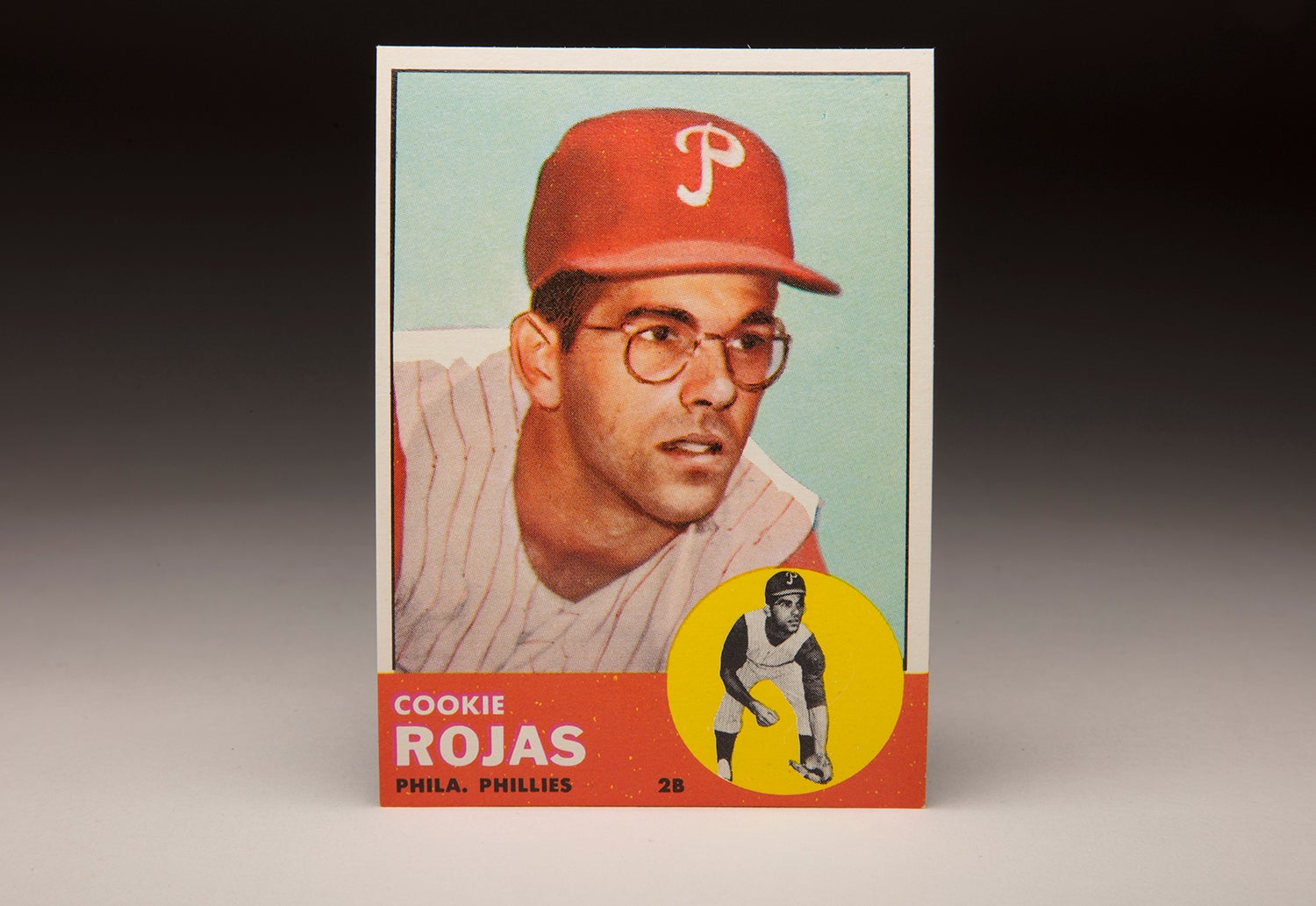
#CardCorner: 1963 Topps Cookie Rojas
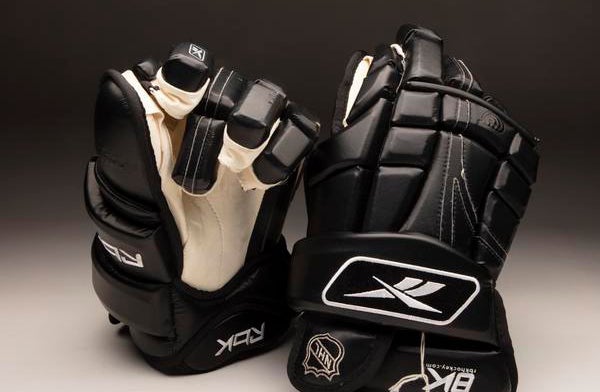
#Shortstops: Gloves of a Different Weather

#CardCorner: 1963 Topps Cookie Rojas


